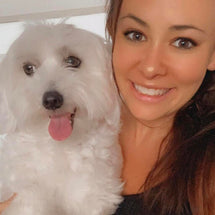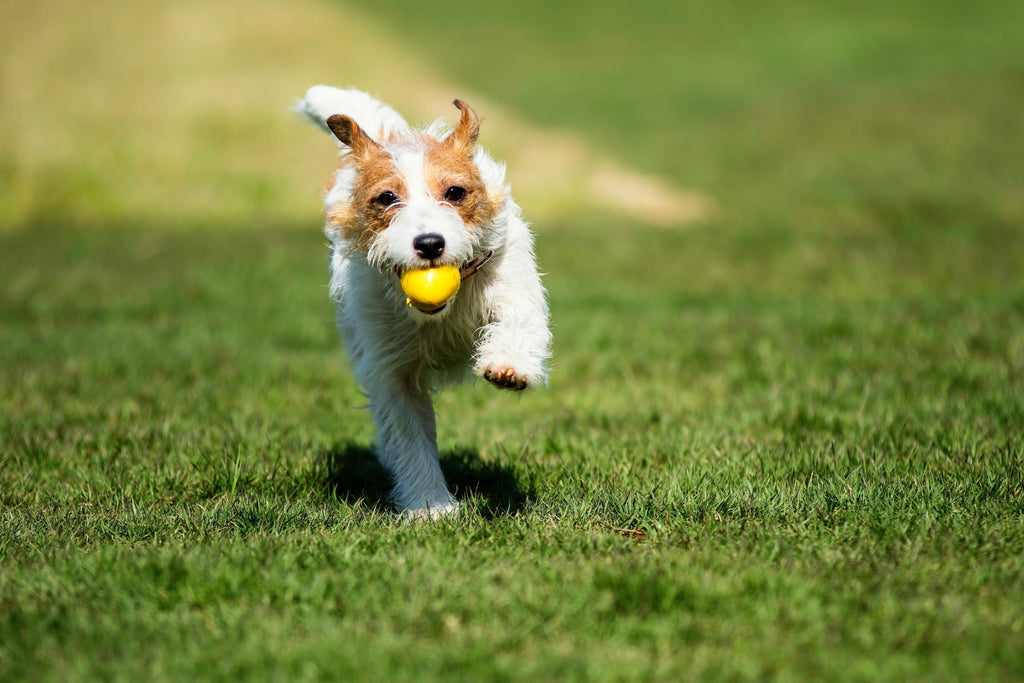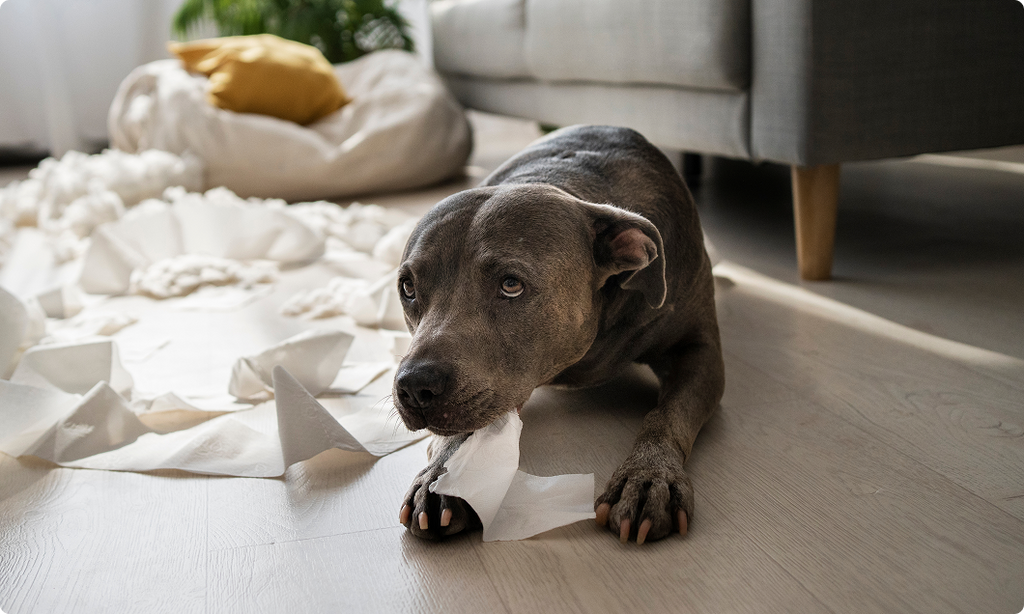How to Transition Dog to New Food [Tips & Tricks]

Changing up your dog’s food can feel a bit like switching their favourite show mid-episode, there’s bound to be a bit of confusion and maybe a dash of grumpiness.
But don’t worry, transitioning your pup to a new diet doesn’t have to be a disaster. With a little patience and a few pro tips, you can make the switch smooth, and before you know it, your doggo will be giving you tail wags of approval!
Why Change Your Dog's Food?
There are a lot of reasons why you might need to change up your pup’s menu. Some common reasons include:
- Health Concerns: Maybe your dog’s developed allergies or a sensitive tummy and needs something gentler on the gut.
- Age: As dogs grow older, their nutritional needs change. Pups need different nutrients than senior dogs.
- Taste Preference: Let’s face it, dogs can be picky! If your dog is bored or just plain uninterested in their current food, it might be time for a change.
- Better Nutrition: Sometimes, you find a higher-quality food that’s more suited to your dog’s needs, with better ingredients or specific benefits like joint support, healthy digestion, or a shiny coat.
Whatever the reason, switching your dog’s food isn’t as simple as dumping the old stuff and filling the bowl with the new goodies. It’s all about transitioning at the right pace.
How to Transition Dog Food
We know you're excited to introduce your dog to their new food, but slow and steady wins the race here. A transition should take 7 to 14 days. This gives your dog’s digestive system enough time to adjust without causing any tummy troubles. Here’s how to do it:
- Days 1-3: Mix 25% new food with 75% of their current food.
- Days 4-6: Increase to a 50/50 split of new and old food.
- Days 7-9: Serve 75% new food and 25% old food.
- Days 10-14: Fully switch to the new food.
If your dog is doing great, you can speed things up a little. But if they seem hesitant or their tummy’s acting up, slow it down. Listen to your dog—literally, in some cases!

Common Concerns When Switching Dog Food
Changing a dog’s diet can cause some natural concerns. You might be wondering:
-
"Will my dog like it?": They might need a little time to warm up to the new flavour. Some dogs love variety, while others need a few days to adjust.
-
"Will they get sick?": Tummy issues like diarrhoea, gas, or constipation can happen if you switch too quickly. This is why a gradual transition is key!
-
"Is my dog being too fussy?": Dogs can be picky, especially if they’ve been eating the same thing for years. Be patient, and give them time to adjust to the new texture, flavour, or smell.
-
"My dog is fussy and wont try new food": It's common for dogs to be hesitant with new food. Try mixing a small amount of the new food with their current meal to gradually introduce it, or warm it slightly to enhance the aroma and appeal.
Common Symptoms During the Switch
As you make the transition, you may notice some symptoms. Most of these are mild and temporary, but here’s what to watch out for:
-
Mild tummy upset: One of the most common symptoms during a food transition is soft stools or even a bit of diarrheoa. This happens because your dog’s digestive system is processing new nutrients, which might be different from what they’re used to. If stools are just slightly soft, don’t worry—this is part of the adjustment process. However, if diarrheoa lasts more than a couple of days or becomes severe, slow down the transition, mixing more of the old food back in to ease their digestive process.
-
Increased Toileting: You might find your dog poops more frequently as their digestive system adjusts to the new food. This is often due to increased fibre or changes in the food's composition. Monitor their stool quality and frequency; if they seem uncomfortable or if the increase in poops is excessive, slow down the transition process. This is not uncommon and should resolve within a few weeks.
-
Less excitement for meals: If your dog isn’t gobbling down their food immediately, don’t worry, they might just need time to warm up to it new things can be scary at first!
-
Change in energy: Some dogs might be a bit more sluggish if they’re feeling full or adjusting to the new nutrients, this should resolve within a few weeks and you might even find they have more energy then before!
-
Increased Itch: If your dog starts scratching more than usual, it could be a sign they’re adjusting to new ingredients or have a mild sensitivity. This can happen as their body reacts to different proteins or additives. If the itching continues or leads to redness or sores, slow the transition and consider trying a different formula.

Dealing with Fussy Eaters
Got a picky pup on your hands? You’re not alone! Here are some tricks to convince your fussy dog that the new food is worth a try:
- Mix it up: Add a small amount of a topper like warm water, broth (unsalted), or a little bit of their favourite wet food to make the new diet more appealing.
- Smaller meals: Offer smaller portions during the transition to keep their appetite up.
- Hand feeding: Some dogs find it hard to resist a few pieces of food straight from your hand. It makes it a fun bonding moment, too.
-
Routine is key: Keep a consistent feeding schedule, so your dog knows when it’s mealtime and gets excited when the bowl hits the floor.
-
Be Persistent, But Patient: Don’t give up if your dog initially refuses the new food. Dogs are smart and can sense when their owners are frustrated or willing to give in. If they realize that refusing the food might lead to something else (like a tastier treat or an old favourite), they might hold out for a better offer. Stick to the plan and avoid offering alternative treats or meals, as this can reinforce picky behaviour.
The Final Switch
Switching your dog’s food doesn’t have to be stressful for you or your dog! By following a slow transition, being mindful of your dog’s needs, and giving them time to adjust, you’ll be setting your furry friend up for success. Whether you’re switching due to health reasons or just because your dog deserves a delicious upgrade, your patience and care will pay off. Before long, your doggo will be licking their bowl clean and thanking you with tail wags!
Ready to make the switch? Take your time, and before you know it, your dog will be happily munching away on their new, tasty meals. Happy feeding! 🐾







